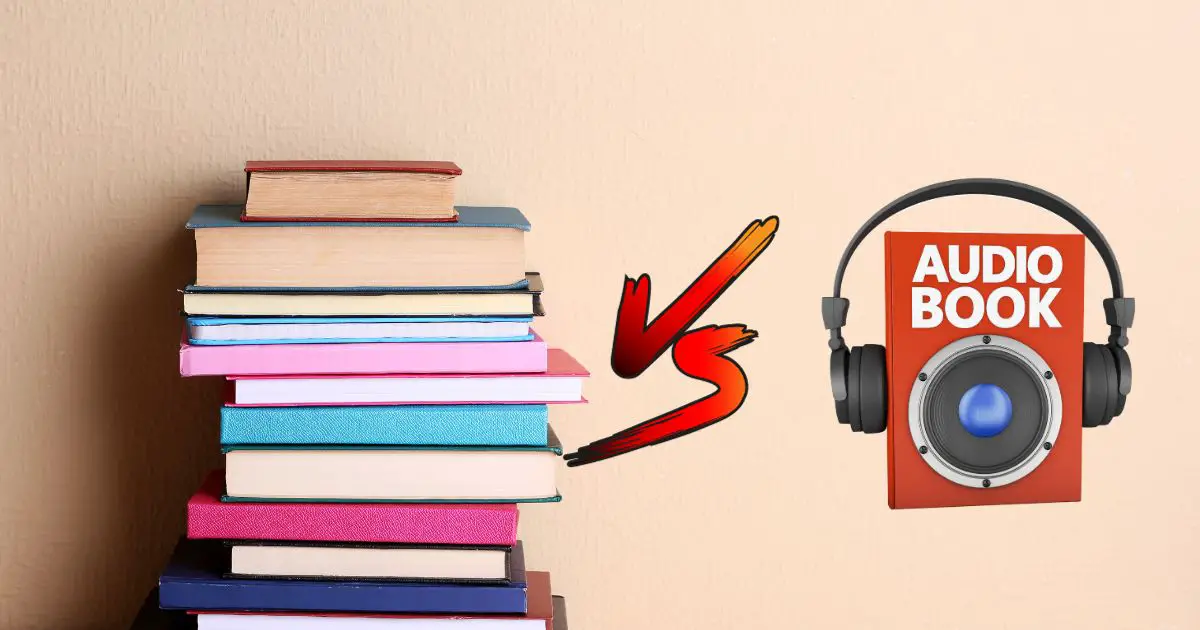Are you frustrated with your kids being bullied at school and feeling like the school isn’t doing enough to help? Read on to discover how wrestling can effectively empower your kids, helping them get stronger and gain the confidence to stand up to their bullies.
Wrestling, as a martial art discipline, can be a valuable tool for empowering kids to address bullying situations. Beyond its role as a martial art, it also serves as an effective method for enhancing strength and conditioning.
By engaging in wrestling, youngsters can acquire the skills and power needed to confront their bullies, teaching the bully a potent life lesson about the consequences of bullying. For many individuals, wrestling has proven to be a transformative experience, instilling the self-assurance to stand up to aggressors and deter future bullying.
Top 5 Parents’ Concerns for Their Children
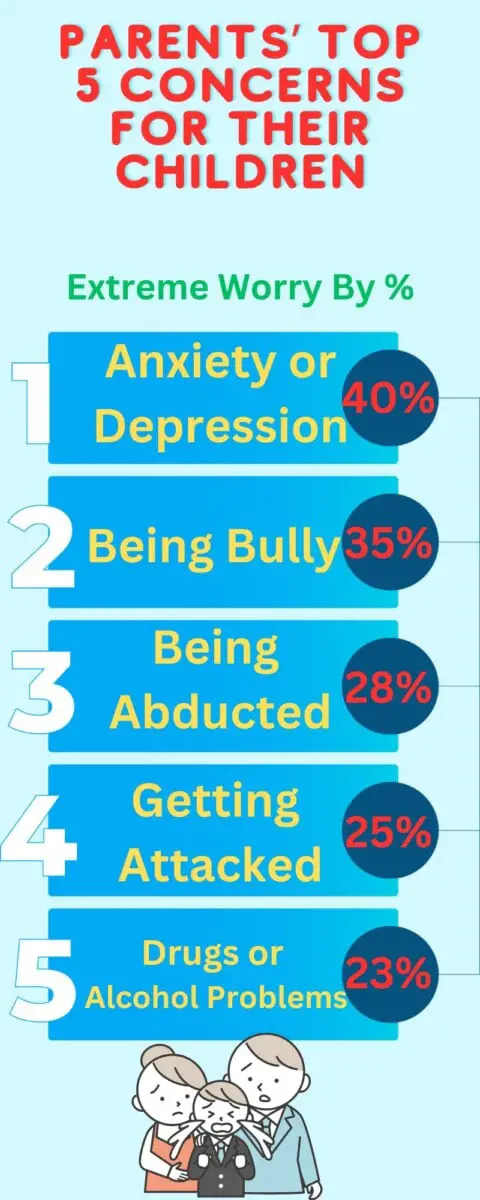
Where and When Did Wrestling Start?
Artworks dating back to 3000 BCE show wrestling have been discovered, suggesting that wrestling is an old sport. The world still holds many mysteries and undiscovered history. When people think of wrestling, they often think of the Greeks who wrestled in the Olympics.
However, historical records and art have revealed evidence of wrestling in ancient Egyptian and later Japanese cultures as well. This demonstrates that wrestling has a rich and diverse history, transcending different civilizations and different periods.
When people think of wrestling, they usually view it as a sport more than a martial art since it doesn’t involve striking or attacking opponents. As a child, I noticed that wrestling wasn’t perceived as a martial art, unlike other well-known martial arts like karate, Tae Kwon Do, or traditional Kung Fu.
Back then, the UFC was relatively unknown, and Hollywood didn’t make action movies about wrestlers because wrestling wasn’t as exciting as watching someone getting beat down or knocked out. People often preferred more intense action rather than the controlled techniques of wrestling, where one person gains control over the other.
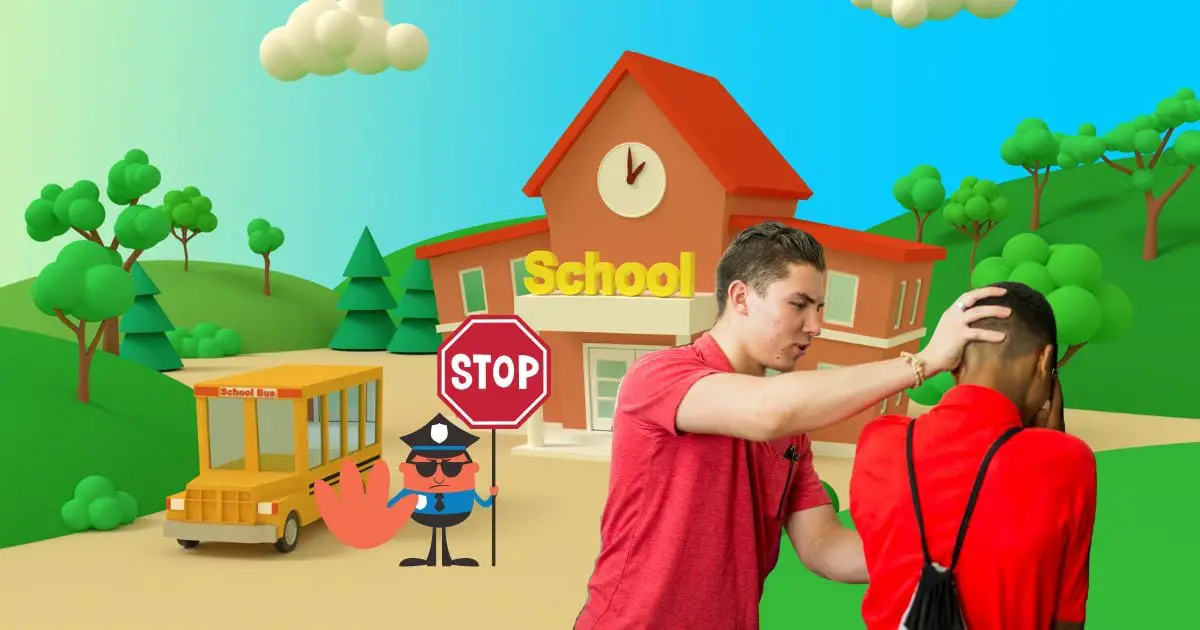
How Do I Choose a Martial Art for My Child?
When choosing a martial art for your children, it’s important to consider the life lessons you want to teach them. Do you want them to become aggressive and hurt others, or do you want them to learn self-defense and stand up to bullies?
Additionally, it’s essential to match the martial arts your children can excel at. For example, those with strong grips and flexibility might excel in submission-type martial arts, while those who are quick on their feet and hands may be better suited for kickboxing or other striking-based martial arts.
One martial art that kids should learn is wrestling. It requires a lot of strength and conditioning, making kids physically and mentally stronger. Wrestling training often involves running several miles a day and wrestling with teammates of all sizes, which increases strength.
Being strong, fast, and well-conditioned can help improve anyone’s chance to win a fight, even without much skill. Wrestling also toughens the mind by enduring physical pain and teaching discipline, as tardiness to practice results in punishment for the entire team.
One of the main reasons wrestling is an excellent choice for kids is it has low violence. While it allows takedowns and slams, punching and kicking are prohibited. This prevents young kids from becoming overly aggressive and hurting the bully.
Wrestling focuses on controlling opponents and keeping them in disadvantaged positions without causing too much harm. With hard work and dedication, a child can become quite skilled in about six months and ragdoll their bully.
Choosing a martial art that minimizes violence is crucial, as hurting another kid badly could lead to legal troubles for kids and parents. Submission-based martial arts like jujitsu can also be dangerous if emotions aren’t well-controlled by a kid, as applying a choke hold for too long can lead to death.
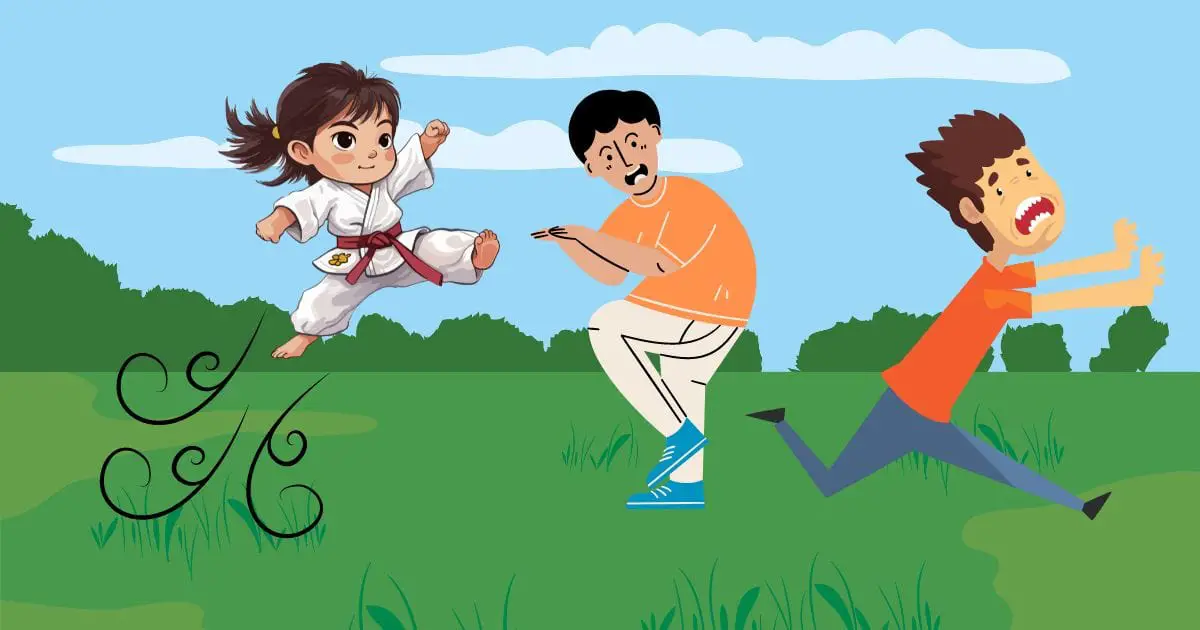
How Many Types of Wrestling Styles Are There?
There are about five well-known types of wrestling in the world, and there may be more in other countries like Mongolia, where they have their unique styles of wrestling. The most popular and familiar ones to many people are Folk wrestling, Freestyle wrestling, Greco-Roman wrestling, Catch wrestling, and Japan Sumo wrestling.
- Folk Wrestling – Folk wrestling, also known as traditional or ethnic wrestling, encompasses a diverse range of wrestling styles. It involves various techniques and rules specific to each region, reflecting the rich cultural heritage and history of the communities. Most common wrestling is found in middle school, high school, and college.
- Freestyle Wrestling – Freestyle wrestling is an Olympic-style wrestling discipline where athletes can use both their upper and lower body to execute takedowns and maneuvers, providing a dynamic and fast-paced experience. This form of wrestling is less commonly taught at the middle school level in the U.S.
- Greco-Roman – This wrestling is another Olympic-style wrestling discipline where wrestlers are prohibited from using their legs. It focuses solely on upper body techniques, such as throws and holds, making it a unique and challenging style of wrestling.
- Catch wrestling – A style of wrestling that incorporates various grappling techniques, including submissions and joint locks. It originated in the 19th century and emphasizes capturing and controlling opponents to force them into submission, making it distinct from other traditional wrestling.
- Sumo wrestling – A traditional Japanese style of wrestling where two large and powerful wrestlers, known as “rikishi,” compete inside a ring called a “dohyo.” The objective of sumo wrestling is to force the opponent out of the ring or make any part of their body other than their feet touch the ground, it is a unique and cultural form of wrestling in Japan.

Which Type of Wrestling is Best for Kids?
Folk wrestling is best for kids since it’s often taught in after-school programs and is usually free for them. The only expense for parents is buying the necessary gear, which is pretty affordable.
On the other hand, freestyle and Greco-Roman wrestling might require special classes at a gym, which can be expensive, around $100 or more per month in most of California’s major cities. Catch wrestling can be risky for kids due to the potential for serious injury with some submission moves, and it may not be suitable if a child’s emotions get the best of them in a fight with a bully. Sumo wrestling is rare to find outside of Japan and involves gaining a lot of weight, which might not be too healthy for kids.
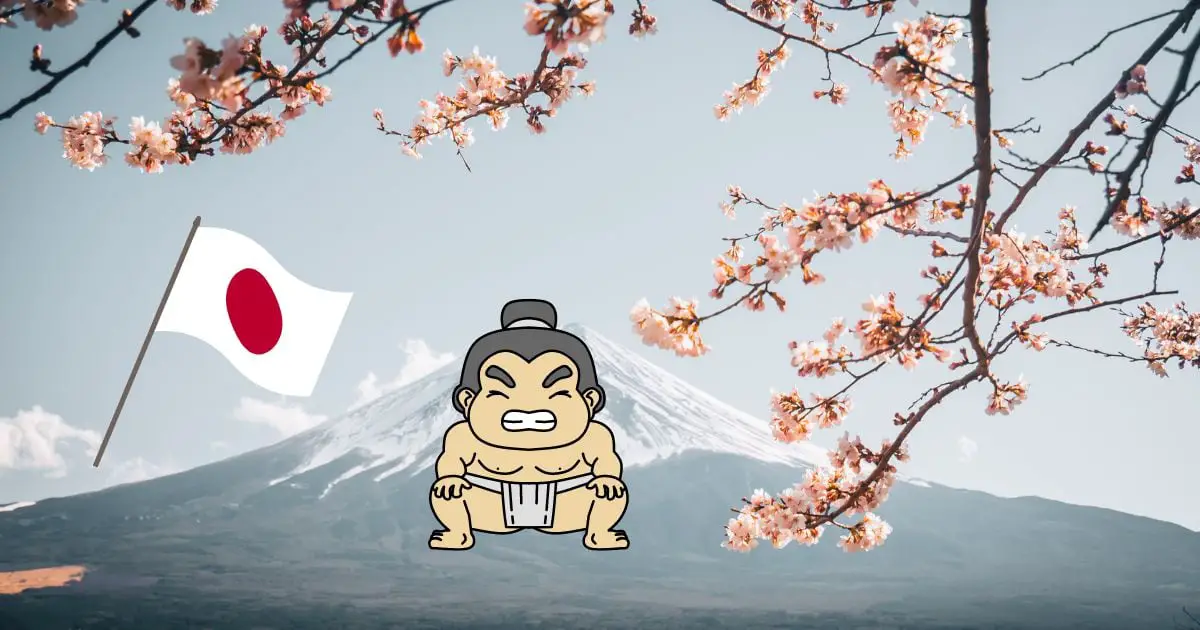
How I Defeated a Racist Bully With Wrestling
As a kid, I faced a lot of racism and bullying from bigger kids, especially one mean bully in my neighborhood. He punched me for no reason and even stole my beloved official NBA basketball, which meant a lot to me as I came from a poor family.
Later in life, I learned wrestling and crossed paths with that bully again. At that time I felt more confident to stand up for myself. He started a fight with me again, I used my wrestling skills to control him without hurting him too much. The incident resulted in the bully getting kicked out of our apartment complex, as management at the complex knew I was usually a good kid and acted out of character at that time.
This personal experience taught me that wrestling can be highly effective for kids as it can frustrate and neutralize bullies without causing severe harm. I hope my story inspires you to consider wrestling as a martial art for your kids to stand up to bullying.
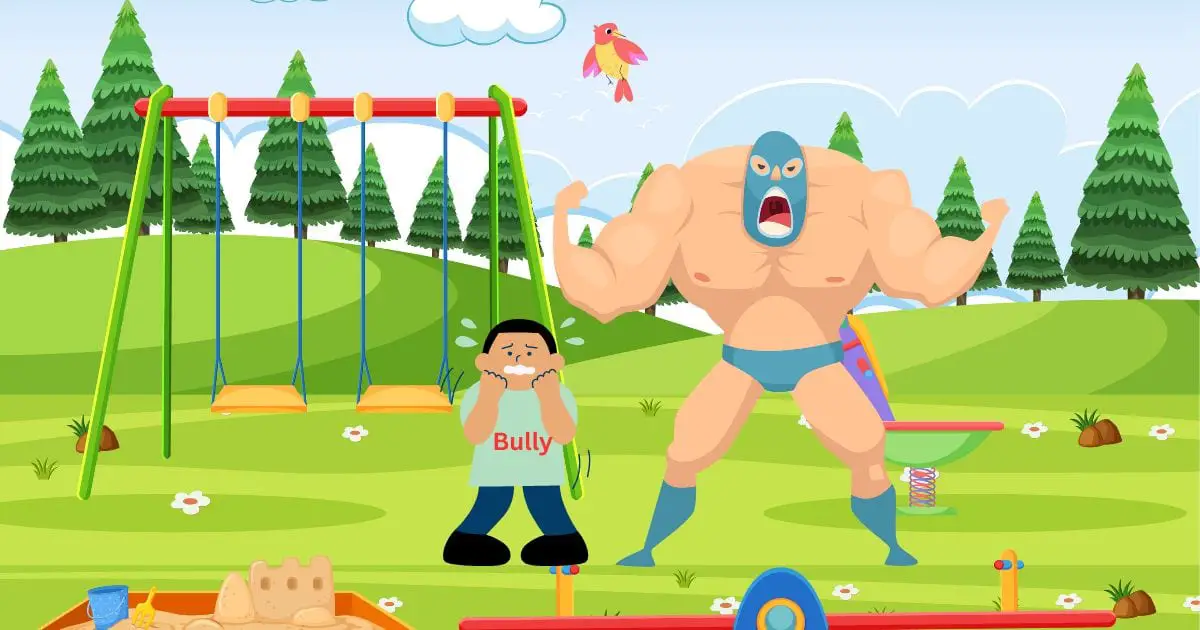
The Rise of Wrestlers in The UFC
If you’re a big fan of MMA and UFC, you probably know that wrestling has been a strong base for fighters in UFC and other mixed martial arts organizations like Pride. Early UFC had many famous wrestlers like Ken Shamrock, Dan Severn, and Frank Shamrock. Olympic champion wrestlers like Kevin Randleman, Mark Coleman, and Randy Couture also became UFC champions later.
More recently, wrestlers like Stipe Miocic and Brock Lesnar have also become champions in the UFC. Wrestling as a martial art is incredibly effective for kids, and learning wrestling is more than enough to help them defend themselves against any bully.
In the early days before UFC, wrestling as a martial art base might have been overlooked, while other martial arts were seen as more effective. However, with its proven success in various mixed martial arts organizations, wrestling’s popularity is on the rise. People are starting to recognize the importance of wrestling as a solid base for self-defense, another reason why kids should learn wrestling.

How do Team Sports Help with a Child’s Social Behavior?
Team sports can greatly benefit kids socially by helping them interact with teammates. Wrestling, despite being an individual competition, also offers many advantages of a team sport. While you compete one-on-one with opponents, you train and wrestle together as a team, supporting each other’s.
Joining a wrestling team can be a wonderful way for kids to learn teamwork and develop their social skills. In a time when many kids are becoming less social and active due to computers and social media, wrestling provides an opportunity for them to work together, stand up for themselves, and have teammates who will stand up for them too.
When your kids join the wrestling team, they will feel like they have a second family beyond the family at home. They will find new friends who they could hang out with outside of school, and have a great time together, forming a strong bond of friendship that will last.
Fighting Obesity with Martial Arts
In America, there is an obesity crisis, and enrolling young kids in martial arts can be an excellent way to keep them physically fit. From my experience in training about ten different martial arts, I found wrestling and Muay Thai to have the most intense training.
These martial arts can help kids get in shape, build confidence, and avoid fat-shaming and bullying by becoming fitter. It’s a positive and empowering way for kids to take charge of their fitness.
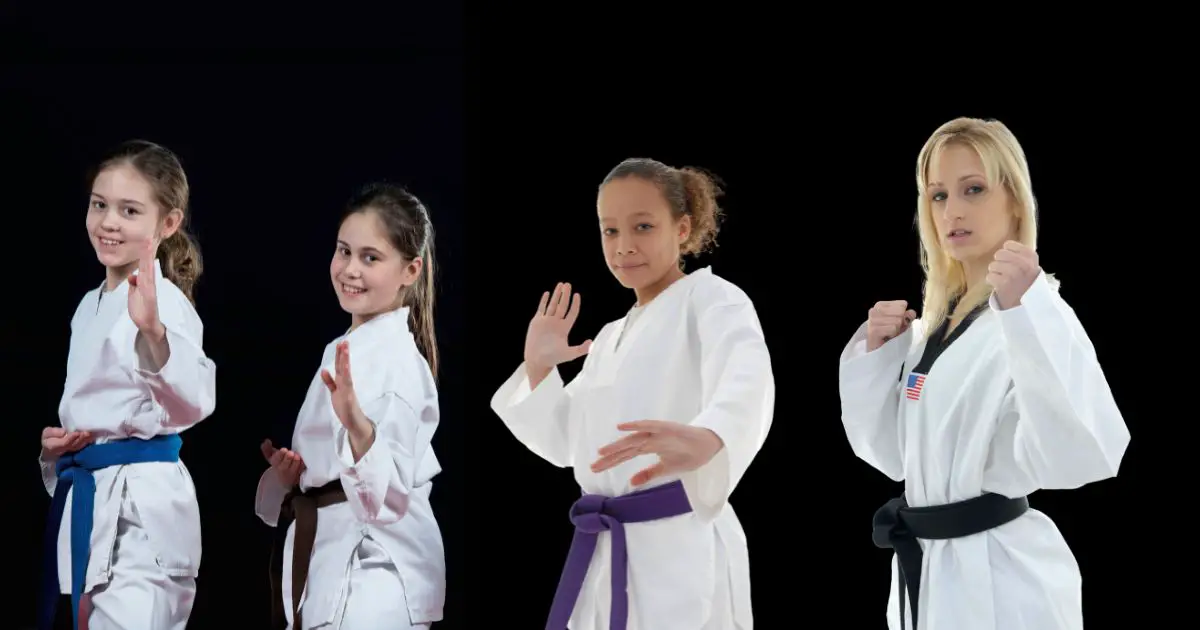
Is Wrestling a Safe Sport for Kids?
In general, wrestling is considered a safe sport for kids, but like any sport, there is always a risk of injury involved. I experienced breaking my right arm in wrestling, and a friend broke his leg, but injuries can happen in other contact sports too, like tackle football or basketball.
However, the potential harm from getting bullied daily is much more dangerous than in wrestling. Bullying can hurt kids physically, emotionally, and mentally, leading to severe consequences like depression and even suicidal thoughts.
Wrestling not only builds physical toughness but also mental toughness, helping kids face challenges in life. Check out our book on children’s Cyberbullying, a new form of bullying in the modern age.
Conclusion
If you’re looking for ways to help your kids deal with bullying and considering a martial art, I hope this article helps you consider wrestling as an excellent option. Wrestling is safe for kids and often available for free at school, providing numerous life-changing benefits. Middle school is a great time for kids to join wrestling, and if you want them to start earlier, you can explore paying for classes outside of school.
Learning wrestling can teach your kids to handle bullying situations independently and build their confidence and self-reliance. As parents, it’s rewarding to see your kids grow into strong and independent individuals, capable of taking care of themselves. You won’t always be around to protect your kids so teach them to protect themselves. Wrestling practice can help your kids blossom into empowered and strong human beings.
By AL Tran
Source:
- Stamenković, A., Manić, M., Roklicer, R., Trivić, T., Malović, P., & Drid, P. (2022). Effects of Participating in Martial Arts in Children: A Systematic Review. Children, 9(8). https://doi.org/10.3390/children9081203
- Japan-guide.com. “Sumo.” Japan-Guide.com, 23 May 2018, www.japan-guide.com/e/e2080.html.
- Lance, Ryan. “Wrestling Popularity on the Rise.” Youth1.com, 30 Sept. 2019, youth1.com/wrestling/wrestling-popularity-rise.
- MU Health Care. “Benefits of Sports for Adolescents.” Muhealth.org, University of Missouri, 2021, www.muhealth.org/conditions-treatments/pediatrics/adolescent-medicine/benefits-of-sports.
- “Stipe Miocic | UFC.” Www.ufc.com, 14 Sept. 2018, www.ufc.com/athlete/stipe-miocic. Accessed 20 Apr. 2024.
- The Editors of Encyclopedia Britannica. “Wrestling | History, Styles, & Facts.” Encyclopædia Britannica, 15 Feb. 2019, www.britannica.com/sports/wrestling.
- “Wrestling – Modern Wrestling.” Encyclopedia Britannica, www.britannica.com/sports/wrestling/Modern-wrestling.
- Schaeffer, Katherine. “Bullying Is among Parents’ Top Concerns for Their Children.” Pew Research Center, 16 Nov. 2023, www.pewresearch.org/short-read/2023/11/17/9-facts-about-bullying-in-the-us/sr_23-11-17_bullying_1-png/. Accessed 20 Apr. 2024.


